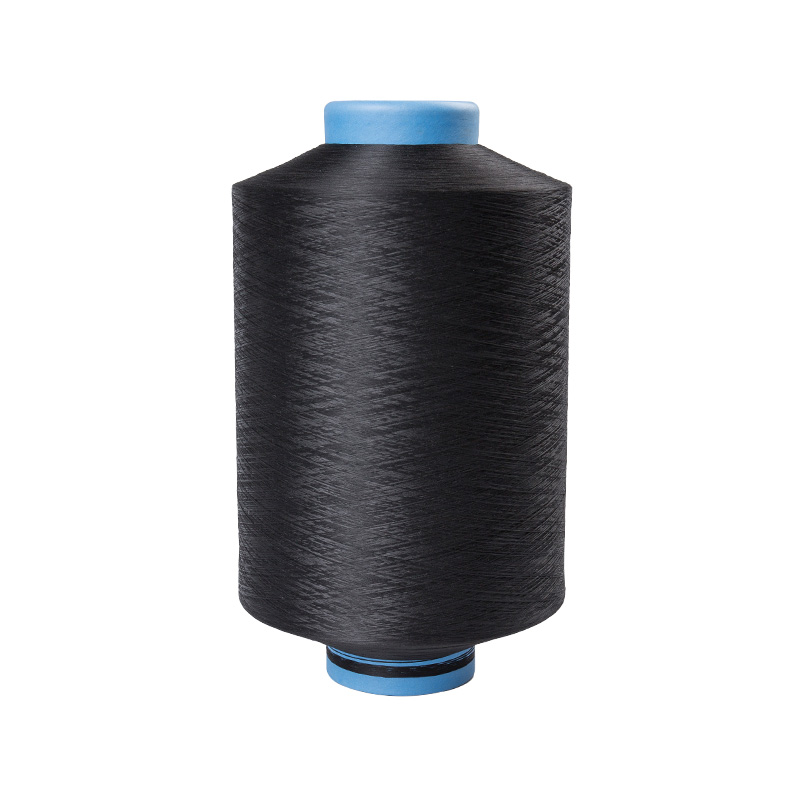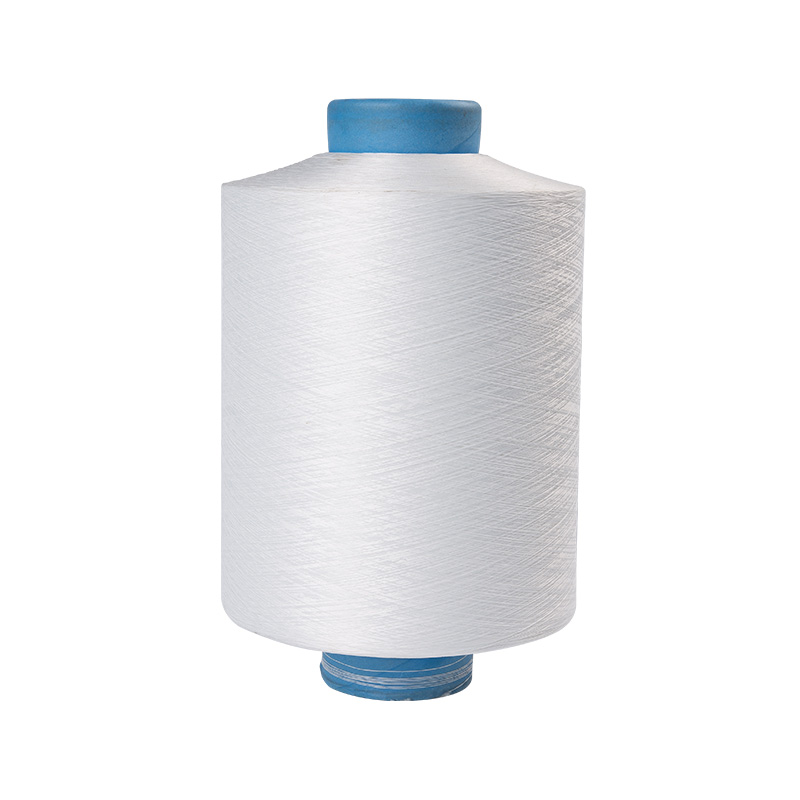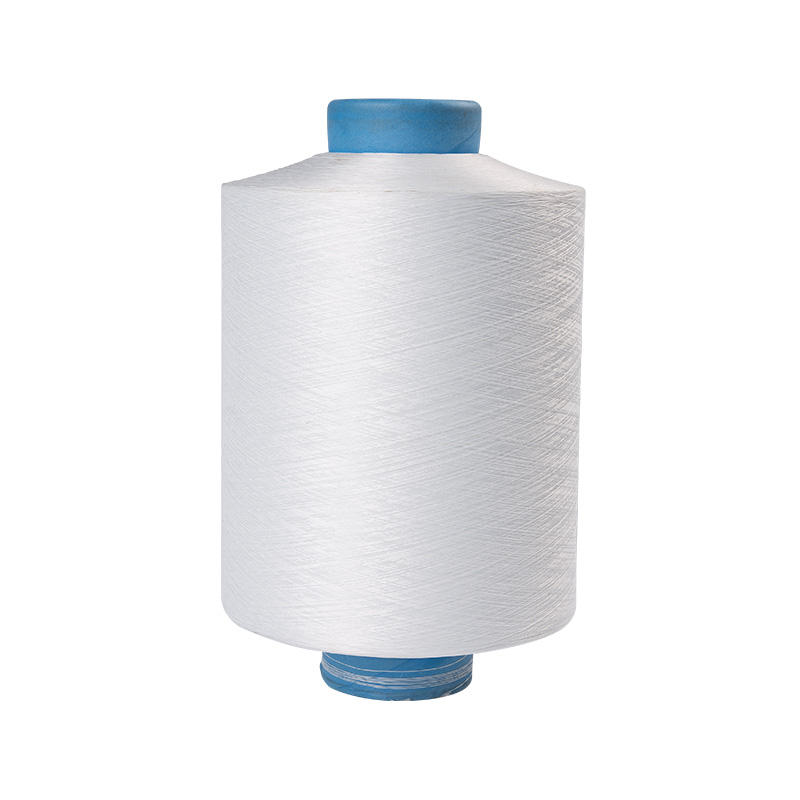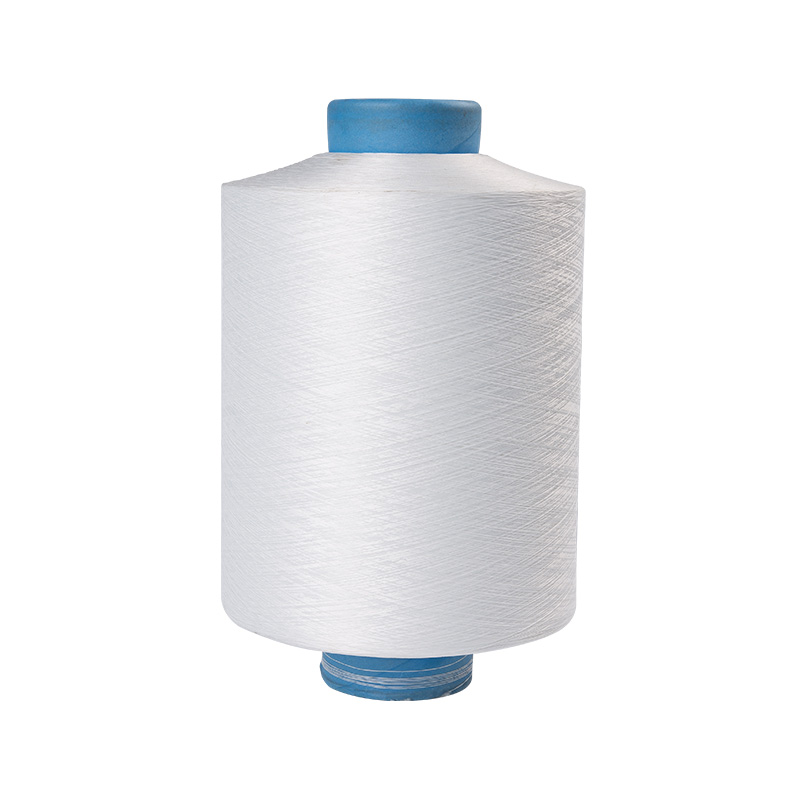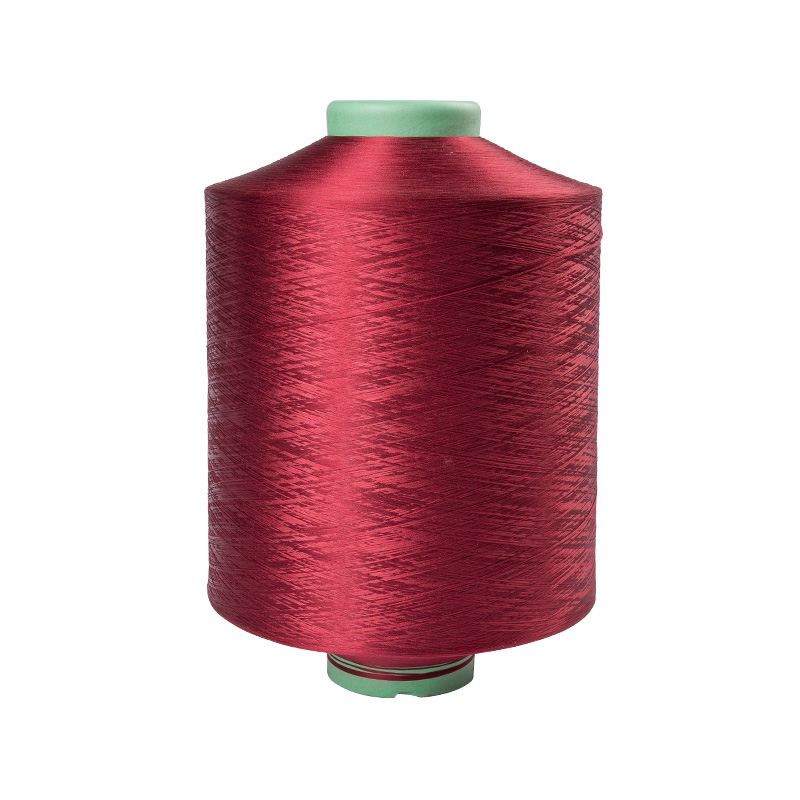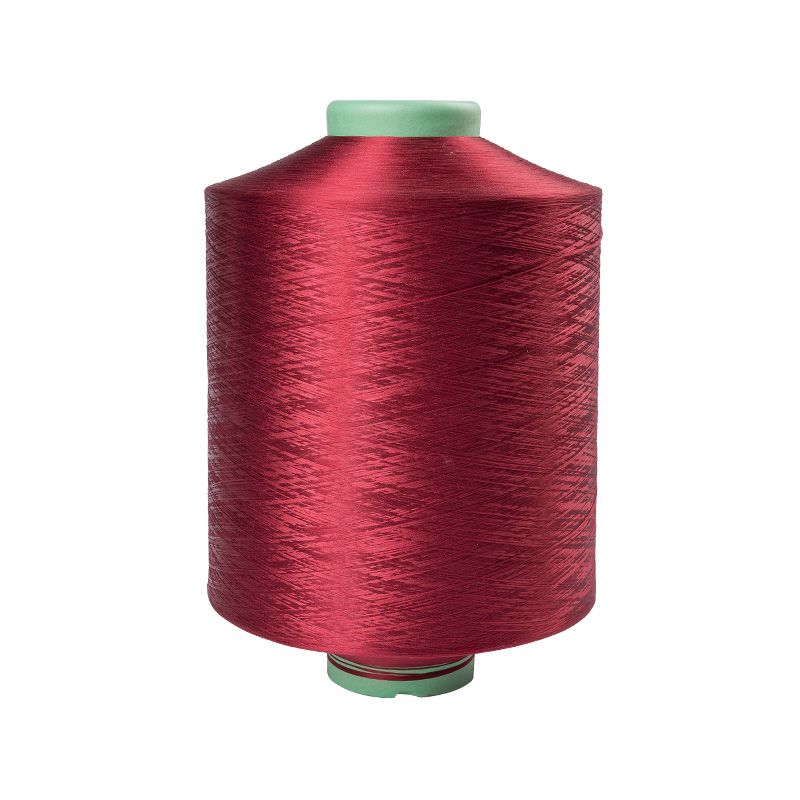In the production process of anti-pilling full-stretch yarn, the selection of raw materials has been given unprecedented importance. Manufacturers know that only by controlling from the source can the quality of the final product be excellent. Therefore, they pay special attention to the purity of synthetic fiber raw materials such as polyester fiber (PET) and nylon (Nylon).
Pure polyester raw materials, like uncut jade, contain unlimited potential. It is not only the source of yarn strength, but also the cornerstone of stability. High-purity polyester raw materials can show a more uniform molecular structure and less impurities during the spinning process. This means that in subsequent processing, the yarn can better resist the risk of breakage and strength loss and maintain stable physical properties. At the same time, pure raw materials also give the yarn better dyeing performance and gloss, making it more visually attractive.
Nylon fiber, with its unique molecular structure and chemical properties, has become an important guarantee for yarn wear resistance and resilience. Pure nylon raw materials can form a more compact and orderly fiber structure during the spinning process, which enhances the interaction between fibers. This enhanced interaction not only improves the wear resistance of the yarn, but also enables the fiber to disperse stress more effectively when subjected to external forces, maintaining the overall stability and perfect shape of the yarn.
Pure raw materials are just the starting point. The key to truly transforming this force into excellent quality lies in exquisite process technology. Manufacturers use advanced equipment and strict process control in the spinning process to ensure that the purity of the raw materials is maximized.
In the spinning process, precise control of parameters such as temperature and stretch ratio is crucial. Slight temperature fluctuations or changes in stretch ratio may have a significant impact on the physical properties of the yarn. Therefore, manufacturers have found the best combination of spinning parameters through continuous testing and optimization. These parameter combinations not only ensure the high strength and high modulus characteristics of the yarn, but also enable the yarn to exhibit excellent recovery and deformation resistance during stretching. Manufacturers also use advanced fiber processing technology to surface treat or modify special anti-pilling fibers. These treatments not only reduce the friction coefficient and improve the wear resistance of the fiber, but also enable the anti-pilling fiber to be evenly dispersed between the polyester fiber and the nylon fiber to form a fine protective layer. When the yarn is subjected to external friction, this protective layer can effectively reduce the direct contact and entanglement between fibers, thereby significantly reducing the occurrence of pilling.
The use of blending technology is a model of the perfect fusion of pure raw materials and exquisite craftsmanship. Manufacturers skillfully combine polyester fibers, nylon fibers and special anti-pilling fibers by precisely controlling the blending ratio and fiber length. This blending method not only retains the advantages of various fibers, but also achieves an overall improvement in yarn performance through complementary advantages.
In the blending process, the uniform mixing and full fusion of various fibers are the key. Manufacturers use advanced blending equipment and processes to ensure that various fibers can be fully interwoven to form composite yarns with excellent physical properties and good anti-pilling properties. This composite yarn not only has high strength, high modulus and good elastic recovery, but also can maintain stable performance during long-term use, and is not prone to fatigue fracture and other phenomena.

 English
English 中文简体
中文简体